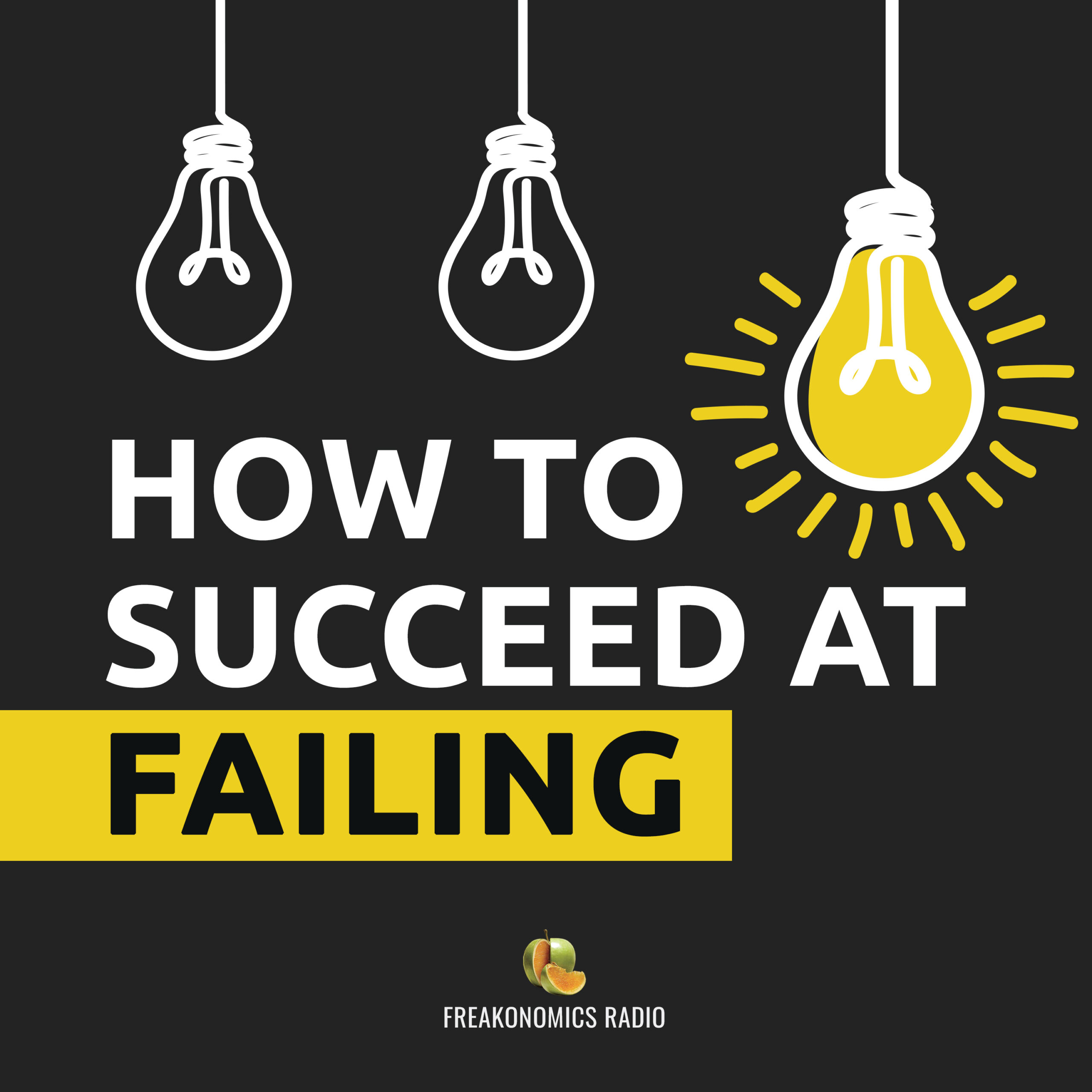Understanding the Chain of Events in a Tragic School Shooting Database
Core Concepts
The author delves into the tragic chain of events leading to school shootings, emphasizing the importance of understanding and preventing such incidents.
Abstract
The content explores the devastating consequences of school shootings through real-life accounts and expert insights. It highlights failures in emergency response systems, evacuation procedures, and societal perceptions of failure. The narrative weaves together personal stories, expert opinions, and statistical data to underscore the need for proactive measures to prevent future tragedies.
How to Succeed at Failing, Part 1: The Chain of Events - Freakonomics
Stats
At least 97 people died in Lahaina due to fire.
More than 2,000 buildings were destroyed during the incident.
Over 2,600 school shooting incidents have been recorded since 1966.
These incidents resulted in more than 1,000 deaths.
Quotes
"Failure is not just about the tragic moment; it's a chain of events." - Ed Galea
"We will be failing, so let’s do it joyfully, thoughtfully, and celebrate them appropriately." - Amy Edmondson
Key Insights Distilled From
by at freakonomics.com 02-26-2024
https://freakonomics.com/podcast/how-to-succeed-at-failing-part-1-the-chain-of-events/
Deeper Inquiries
How can society better address failures in emergency response systems?
In order to address failures in emergency response systems, it is crucial for society to prioritize a culture of learning from mistakes rather than assigning blame. This involves conducting thorough post-incident analyses to identify the root causes of failures and implementing corrective actions based on these findings. Additionally, fostering open communication channels within emergency response organizations can facilitate the sharing of lessons learned and best practices across different agencies. Investing in continuous training and simulation exercises can also help improve preparedness and decision-making during high-stress situations.
Is there a way to bridge the gap between personal and professional failures?
Bridging the gap between personal and professional failures requires individuals to adopt a growth mindset that views setbacks as opportunities for learning and growth. By recognizing that failure is an inherent part of both personal development and career advancement, individuals can approach challenges with resilience and adaptability. Creating a supportive environment where vulnerability is embraced allows for honest reflections on past mistakes without fear of judgment or stigma. Integrating self-reflection practices into daily routines can help individuals draw parallels between personal experiences and professional endeavors, leading to more holistic approaches towards addressing failure.
How can cultural attitudes towards failure impact risk-taking behavior?
Cultural attitudes towards failure play a significant role in shaping risk-taking behavior within societies. In cultures that stigmatize failure as shameful or unacceptable, individuals are less likely to take risks due to fear of negative consequences or social ostracism. Conversely, cultures that view failure as a natural part of innovation and growth tend to foster environments conducive to experimentation and creativity. By promoting narratives that highlight the value of learning from setbacks, societies can encourage individuals to embrace uncertainty, explore new possibilities, and push boundaries without being paralyzed by the fear of failing.
0
More on Education
